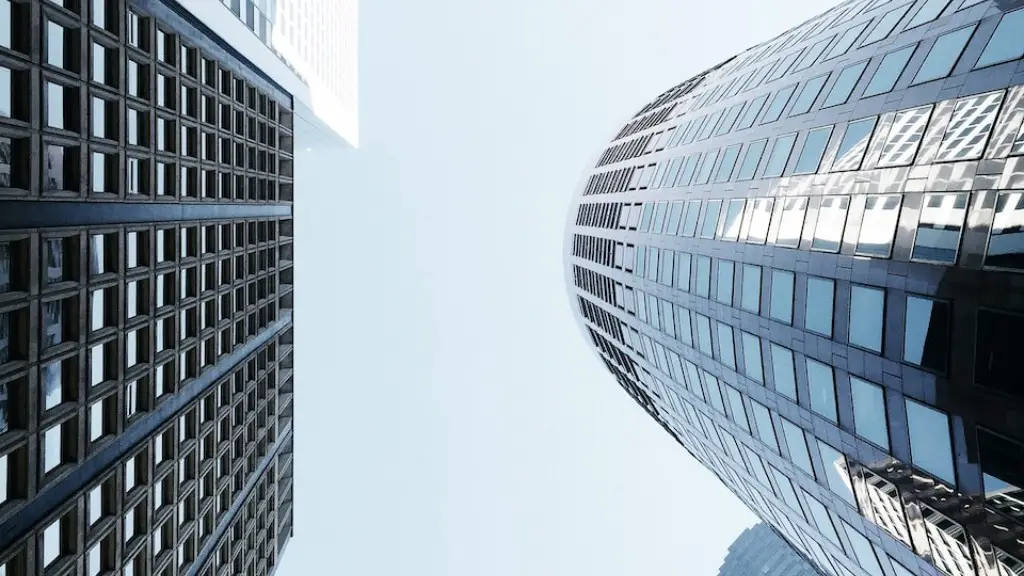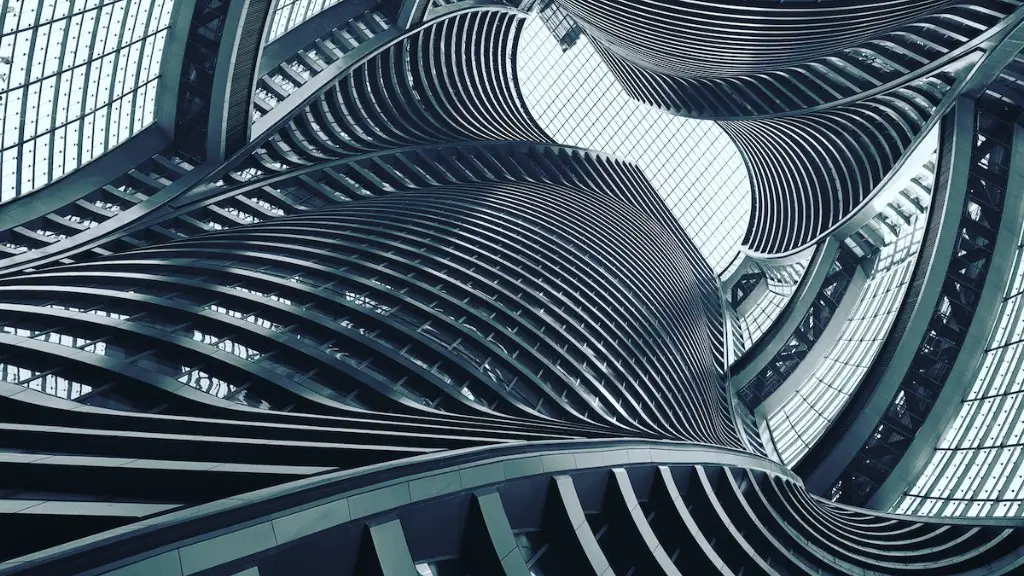The Significance Of Functions In Architecture
Function is an essential component of good architecture. It is an element of architecture that is deeply rooted in its origin, as the purpose of architecture is to serve people, rather than simply decorating or beautifying a space. Function dictates a structure’s overall layout and design, which is why it plays such an important role in architecture.
From an early age, architects learn to strive for balance between the aesthetic and the functional aspects of their designs. An architect must ensure that their design is both structurally sound and aesthetically pleasing, and this is achieved through careful consideration of function. Functionality is important in any type of building, as it determines how the structure will be used.
When designing a structure, the architect must effectively plan its purpose and list the functions it will serve. The functions must be suitable to the space in which it is to be built as well as account for the size, shape, and materials of the building. This will determine the layout and design of the structure.
Analytical and creative thinking is required to envisage the building’s various functions, as an architect needs to envision how their design will be used. This includes paying attention to details such as the size and access of the different rooms or functions. It is essential to account for the needs of the people who will use the space, as well as to allow for movement and circulation in the building.
Naturally, architecture is also responsible for conveying a message. Function plays a significant role in this aspect, as a well-thought-out design intentionally communicates its purpose. Efficiency, good management, and a positive atmosphere are the goals of functional architecture, which can include a wide range of styles, methods, and materials.
Innovative and cutting-edge ideas form a great part of the equation, and it is these ideas that, ultimately, bring life to an otherwise static structure. A good design should work with both the seen and the unseen in mind. This includes the feelings, emotions, and experiences of the user, as well as the overall energy, balance, and flow of the building.
It is up to the architect to ensure that their design meets all of the necessary requirements and serves the people inside of it. To do this, they must formulate a design that accounts for both the structure and the function of the building. This is why function is so crucial to good architecture; without it, a design will not be complete.
Function As A Tool To Expand Understanding Of Architecture
Function is the most powerful tool an architect has to explore and expand their understanding of architecture. By accounting for function in their designs, architects can take into account broader criteria such as the surrounding environment, social dynamics, and human needs. This allows architects to achieve architecture that goes beyond aesthetics to create something genuinely meaningful.
Function also allows architects to move away from traditional ideas that can limit the potential of a building. Architects must use all of their resources to create a design that is both aesthetically pleasing and functional. By paying attention to details such as the size and shape of a room, or the circulation of a building, they can create an entirely new and refreshing experience.
Functionality is also a communication tool. It is up to the architect to ensure that their design accurately communicates their ideas, which can be done by carefully considering the functions of the building. This allows them to create a design that is true to the concept they set out to achieve.
Function’s Relationship To Other Design Elements
Function is also directly related to other design elements such as lighting, color, texture, and materials. These elements are fundamental to a good architectural design, as they can affect the overall atmosphere and energy of a building.
When it comes to lighting, the architect must consider how it will impact the building’s various functions. The design should feature natural light where possible, as this affects the atmosphere of the building. Color can also be used effectively to further enhance the experience of the user. Similarly, textures and materials should be chosen with the purpose of the building in mind.
The Impact Of Function On Booking Behaviour
Function also plays a major role in the booking behaviour of a building. People will be more likely to visit a building if they know that it is designed with their needs in mind, as this gives them a sense of security and reassurance. A functional design should meet people’s needs while also providing them with an enjoyable experience.
In an age where people are becoming increasingly more conscious about their environment, an architect must consider their design’s impact on their booking behaviour by incorporating characteristics that are both attractive and sustainable.
The Role Of Technology In Functional Architecture
Technology is playing an increasingly important role in architecture today. There is a growing emphasis on digital technology in the world of architecture, and this is changing the way that architects think about design. Designers are using a range of digital tools to help them create innovative and sustainable designs that are also functional.
The use of technology in architecture can improve the overall user experience, as well as making a structure more efficient and cost-effective. For example, 3D modelling and virtual reality can be used to create immersive and interactive experiences within a building. Digital tools can also be used to plan the layout of a structure, as well as to monitor the energy efficiency of a building.
The Future Of Function In Architecture
In an ever-evolving world, architects must keep up. As society progresses, so does architecture. It is important for architects to stay up-to-date with the latest technologies, materials, and design trends, as this can help in creating innovative designs that are both stylish and functional.
In the future, the role of architecture is likely to become far more important. Buildings must be designed to withstand changing climates, populations and demands. Architects must be able to effectively balance aesthetics and function in order to achieve designs that are sustainable and energy-efficient.
Function As An Art Form
At its core, function is an art form. Function and form complement each other, and a successful design requires an understanding and appreciation of both. Each component must work together harmoniously to create a building that is both beautiful and functional.
A truly successful design is one that is able to meet people’s needs, while simultaneously conveying a message or an emotion. Ultimately, a good design should be one that provides an enjoyable and efficient experience for its users. Function has an important role to play in this, providing comfort and security to the users of a building through its design.

